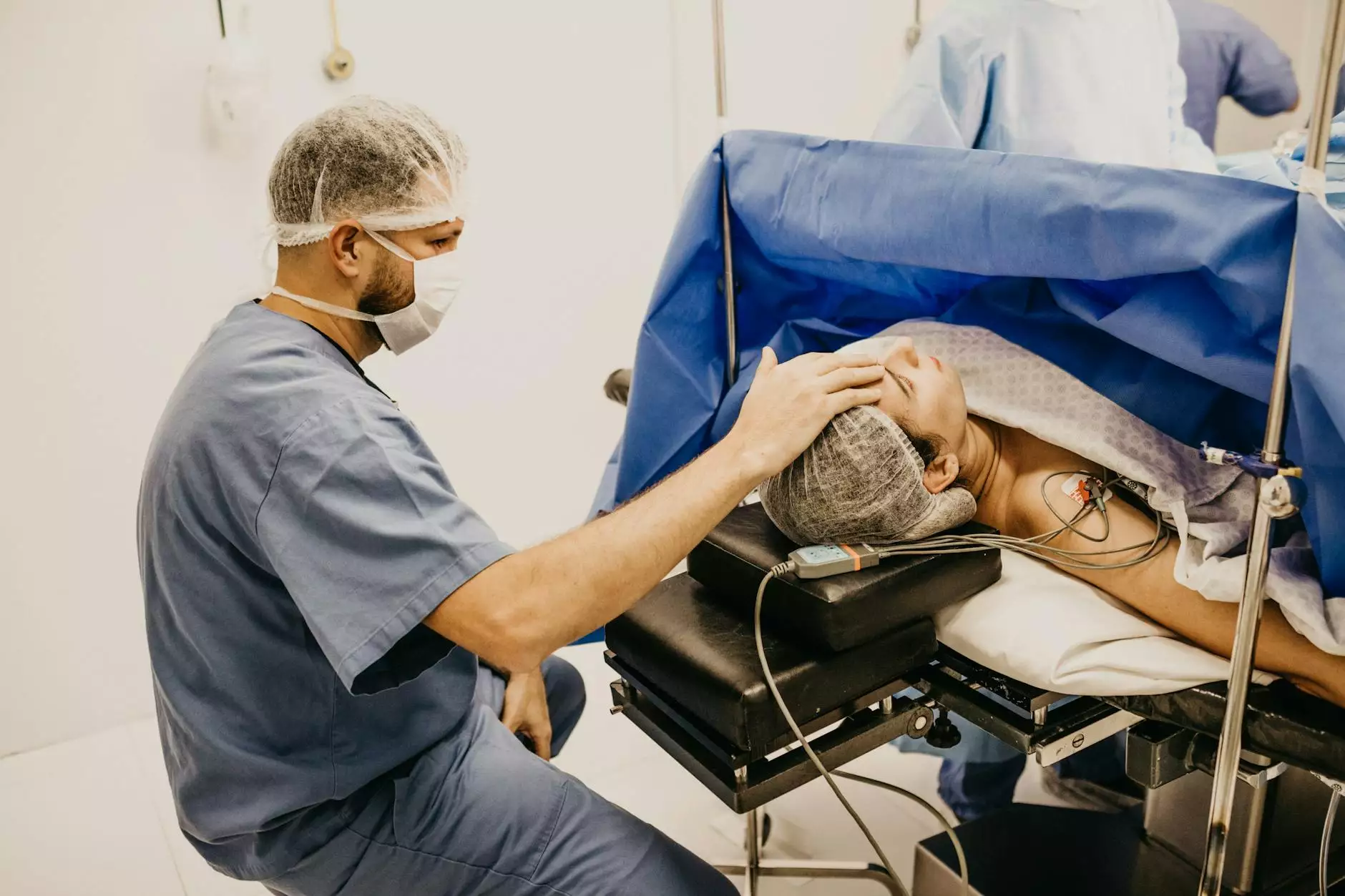Understanding Shoulder Flexion and Abduction

The Importance of Shoulder Flexion and Abduction
In the realm of anatomy and physical therapy, the terms shoulder flexion and abduction hold significant relevance. Our shoulders are incredibly complex joints that allow for a wide range of movements, enabling us to perform various daily activities, sports, and exercises.
Shoulder flexion refers to the movement of raising the arm forward and upward, as if you were reaching for something on a high shelf. This movement engages several muscles, including the anterior deltoid, pectoralis major, and coracobrachialis, among others. Shoulder flexion is essential for tasks such as throwing, swimming, and picking up objects above shoulder level.
Shoulder abduction, on the other hand, involves raising the arm out to the side, away from the body. This movement utilizes the middle deltoid, supraspinatus, and other supporting muscles. Shoulder abduction plays a crucial role in activities like lifting weights, performing lateral raises, and even simple gestures like waving or hailing a taxi.
Understanding the Anatomy
Before delving deeper into the significance of shoulder flexion and abduction, let's explore the anatomy of the shoulder joint. The shoulder joint is formed by the articulation of the humerus (upper arm bone), scapula (shoulder blade), and clavicle (collarbone).
The shoulder joint is a ball-and-socket joint, allowing for a high degree of mobility. The rounded head of the humerus fits into the shallow socket of the scapula known as the glenoid fossa. This unique structure promotes a wide range of motion but also makes the shoulder joint susceptible to instability and injuries if not properly cared for.
The Role of Physical Therapy
In the field of physical therapy, shoulder flexion and abduction are often targeted during rehabilitation to restore optimal shoulder function after an injury, surgery, or other conditions that affect the shoulder joint's mobility.
Physical therapists use a variety of techniques, exercises, and modalities to improve shoulder flexibility, strength, and stability. These may include manual therapy, stretching, strengthening exercises, neuromuscular re-education, and postural correction.
By addressing shoulder flexion and abduction specifically, physical therapists help individuals regain and enhance their ability to perform daily activities, sports, and overall physical performance. Proper rehabilitation is essential in returning individuals to their desired level of function and preventing future shoulder issues.
Expertise in Health & Medical, Chiropractors, and Physical Therapy at IAOM-US
When it comes to expert care in shoulder flexion, abduction, and overall shoulder health, IAOM-US stands out in the fields of Health & Medical, Chiropractors, and Physical Therapy. With a team of highly skilled professionals, IAOM-US is committed to providing the highest standard of care for shoulder-related conditions and injuries.
IAOM-US offers a comprehensive range of services that are tailored to each individual's unique needs. Their experts understand the complexities of the shoulder joint and implement evidence-based treatment approaches to maximize recovery and optimize outcomes.
Whether you're an athlete looking to excel in your sport, an individual recovering from a shoulder injury, or simply seeking to improve your shoulder mobility, IAOM-US has the expertise to help you achieve your goals. Their multidisciplinary approach ensures that your treatment plan is customized and effective.
Conclusion
Shoulder flexion and abduction are crucial movements of the shoulder joint that play a significant role in our daily lives. Understanding their importance, engaging in proper physical therapy, and seeking expert care, such as that offered by IAOM-US, can facilitate optimal shoulder function, prevent injuries, and enhance overall quality of life.









